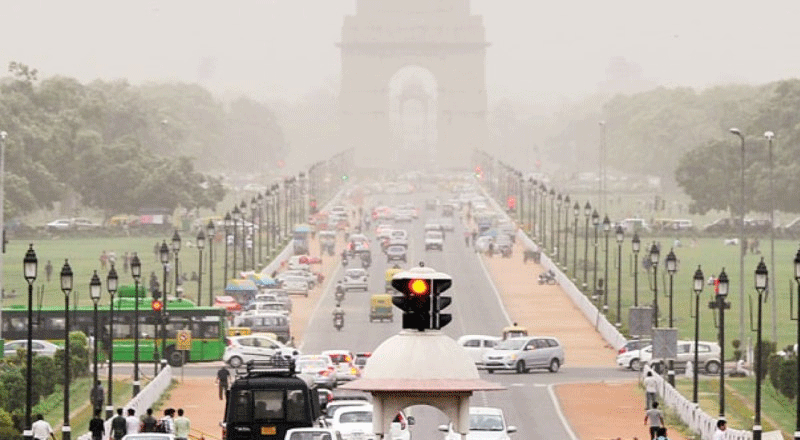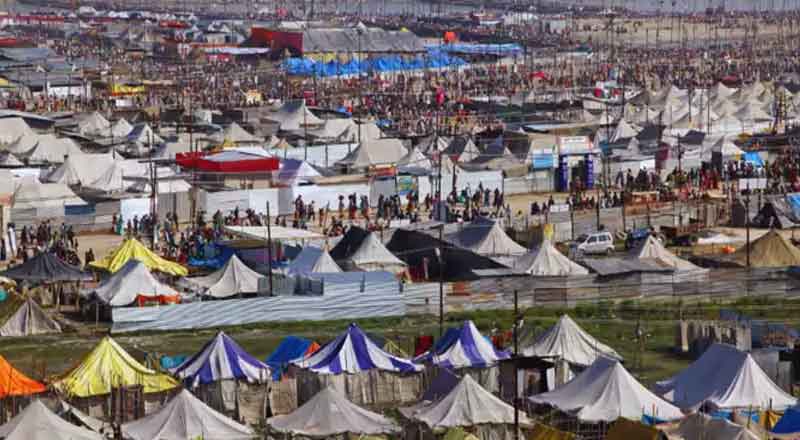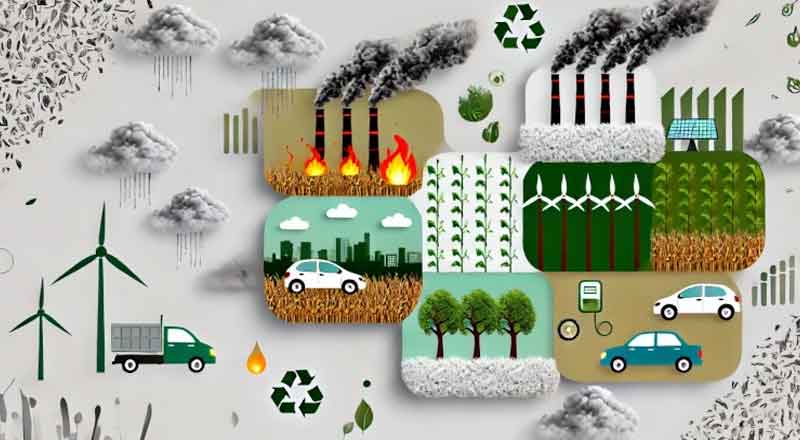Delhi’s air quality turned ‘very poor’ on Tuesday morning amid an increase in stubble burning and bursting of crackers on Diwali night. Noida, which is part of the national capital region along with Delhi and Gurugram, recorded an AQI of 342.
The System of Air Quality and Weather Forecasting and Research (SAFAR) had earlier predicted that the air quality may plunge to ‘severe’ levels on Diwali itself and will remain in the red zone for one more day.
Noida registered an AQI of 342 as of 6:30 am on Tuesday morning. Delhi came in second with an AQI of 323. Air quality in the range of 301-400 can cause “respiratory illness on prolonged exposure”. The air quality in Noida and Delhi is just one step away from becoming ‘severe’ (401-500) which “affects healthy people and seriously impacts those with existing illnesses”.

According to data from 40 monitoring stations listed on the government website showing the National Air Quality Index, Lodhi Road registered an AQI of 273, Gurugram had an AQI of 245 and Madhura recorded an AQI of 322 at 6:30 am today.
However, due to favorable climatic and meteorological conditions, air quality has improved when compared to Monday night. Pollution levels peaked at around midnight as high-decibel firecrackers thundered throughout Diwali night, but started improving post 1 am.
Data shows that almost all the stations in the capital saw a sharp increase in pollutants from 8 pm to 1 am due to bursting of crackers. Most polluted areas were in South Delhi. The most polluted stations were RK Puram, Okhla, Karni Singh Shooting range, Jawaharlal Nehru Stadium.
The air quality in Ghaziabad (301), Noida (303), Greater Noida (270), Gurugram (325) and Faridabad (256) was reported in the ‘poor to very poor’ category on Monday as well.
Delhi on Diwali was the most polluted city in the world, followed by Lahore in Pakistan, according to IQAir. However, as per the Central Pollution Control Board (CPCB), the city’s air quality was still the best for Diwali day in four years. Before this, the city recorded an AQI of 382 last Diwali. Delhi had recorded an AQI of 414 in 2020; 337 in 2019, and 281 in 2018.
An AQI between zero and 50 is considered “good”, 51 and 100 “satisfactory”, 101 and 200 “moderate”, 201 and 300 “poor”, 301 and 400 “very poor”, and 401 and 500 “severe”.
(With inputs from Manish Verma)





